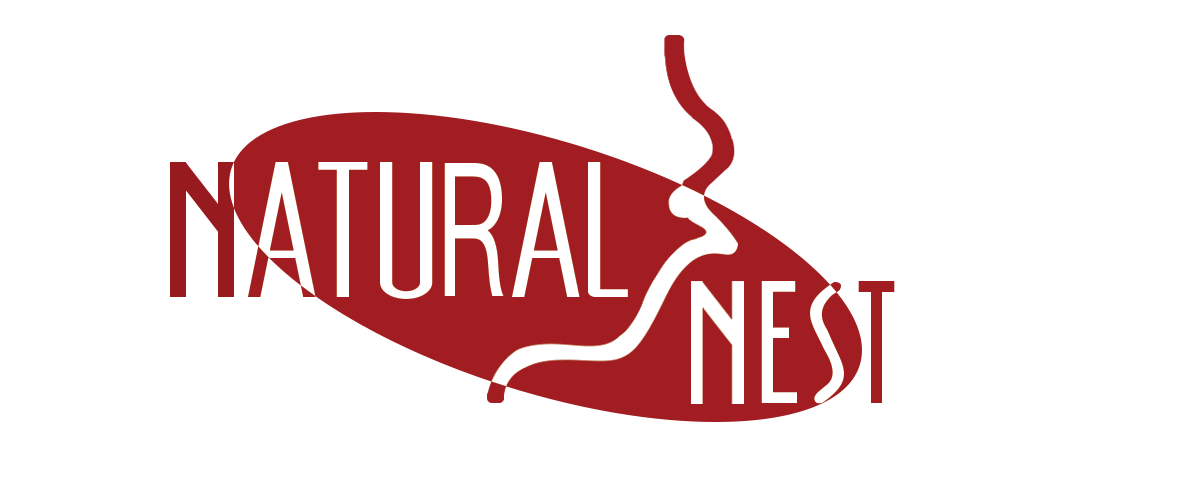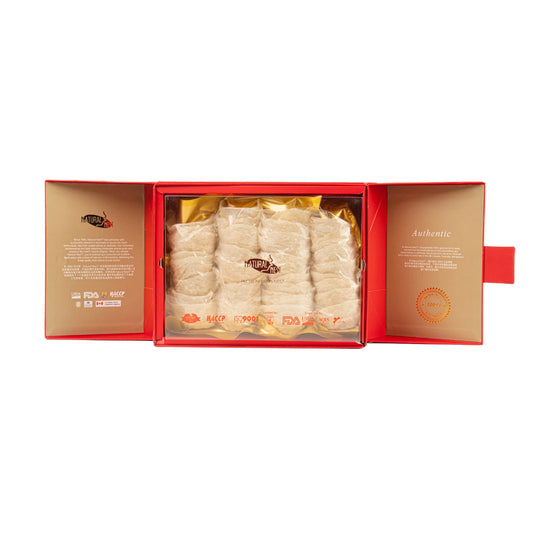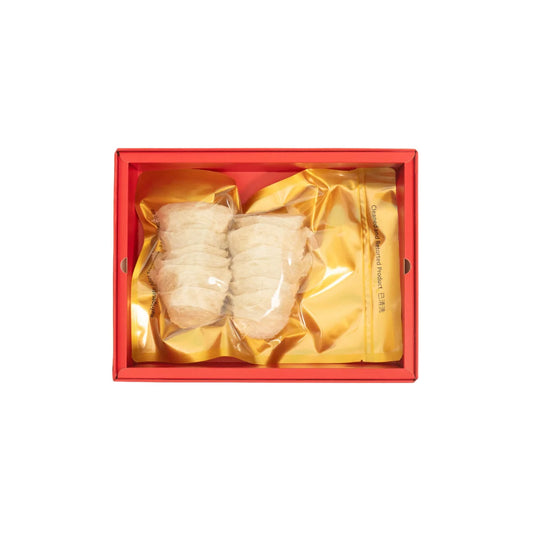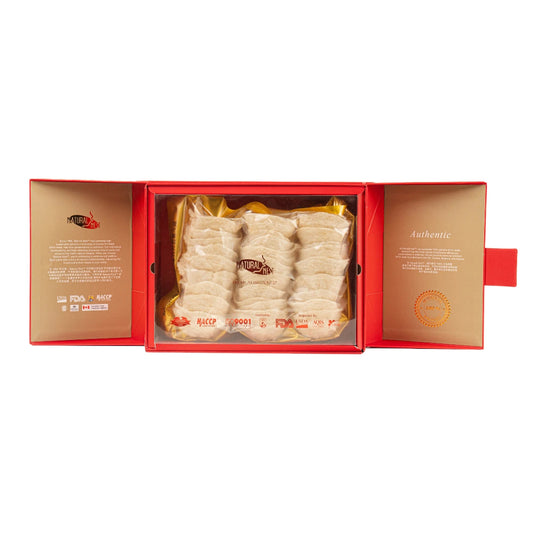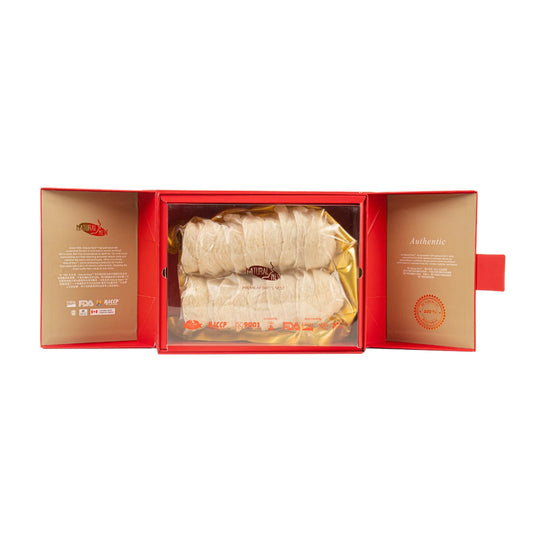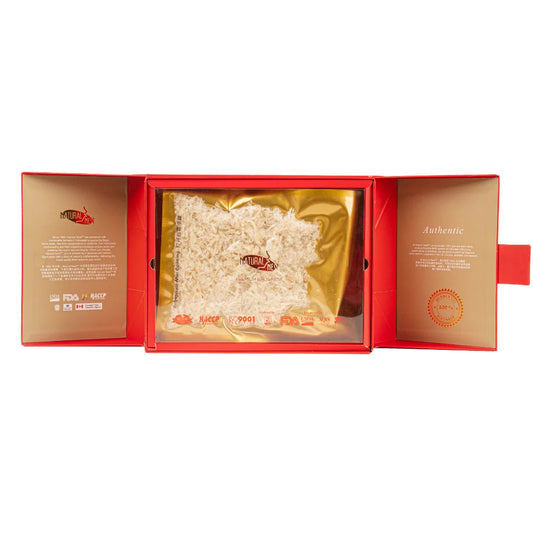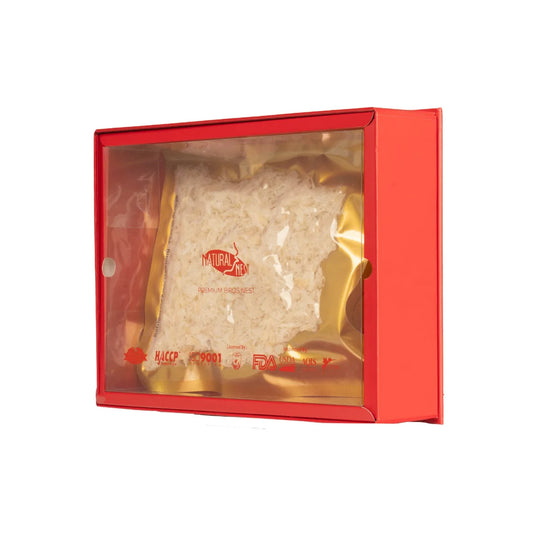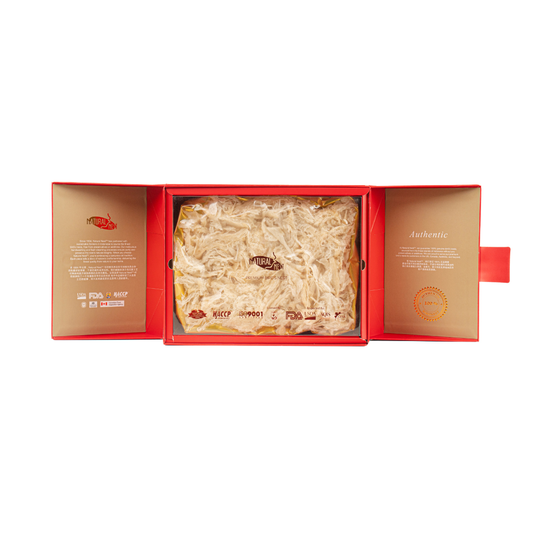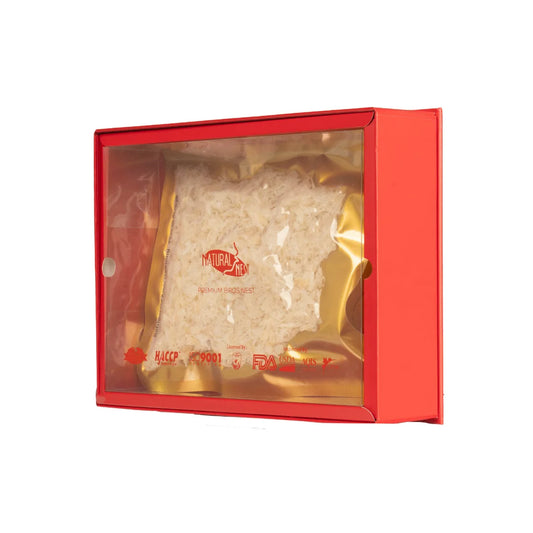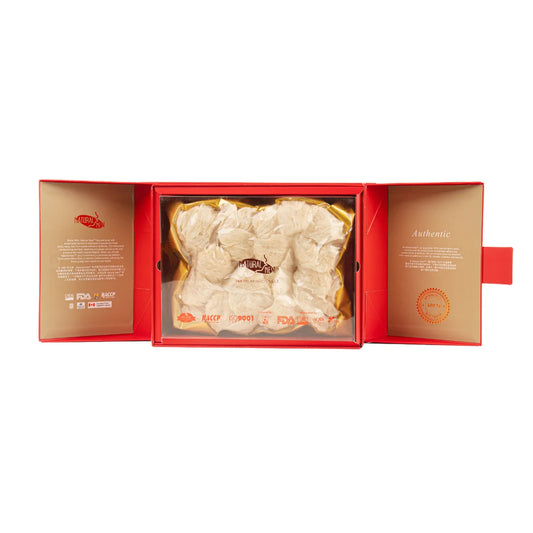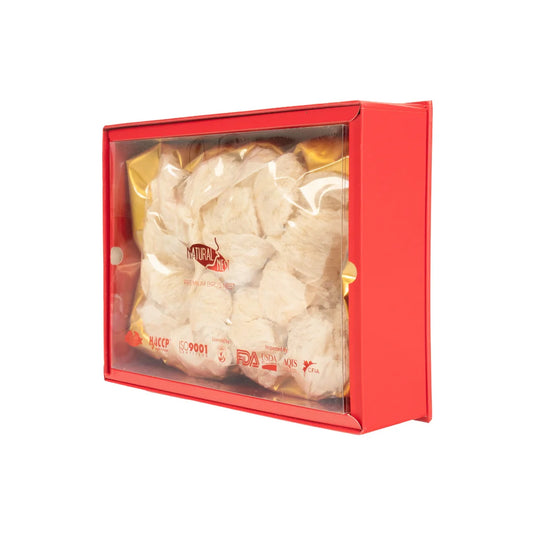Edible bird nests have been revered for centuries, particularly in Chinese culture, where they are considered a delicacy and a powerful health booster. But have you ever wondered about the journey of a bird nest—from its creation in nature to its transformation into a nourishing superfood? Let’s explore the fascinating process behind these prized natural wonders.
The Origin: Nature’s Marvel
The journey begins with the swiftlet, a small bird native to Southeast Asia. These birds build their nests using their saliva, which hardens upon exposure to air. Unlike typical bird nests made of twigs and leaves, swiftlets create their nests on the walls of dark, humid caves and coastal cliffs. This unique composition is what makes edible bird nests so special and nutrient-rich.
Harvesting: A Delicate Process
Harvesting bird nests is a skillful and time-sensitive task. Trained collectors carefully climb high cave walls or enter specialized birdhouses where swiftlets reside. The nests are gathered during specific seasons to ensure the birds have ample time to reproduce and build new nests. Ethical and sustainable harvesting practices are essential to preserving swiftlet populations and their natural habitat.
Cleaning and Processing: From Raw to Refined
Once harvested, raw bird nests contain natural impurities such as feathers and dirt. The cleaning process is meticulous and labor-intensive. Skilled workers handpick impurities and rinse the nests with purified water, avoiding chemicals to maintain their natural integrity. The cleaned nests are then carefully dried and shaped before packaging.
Nutrient Composition: A Superfood in Disguise
Bird nests are composed primarily of glycoproteins, amino acids, and essential minerals such as calcium, iron, and potassium. These nutrients contribute to skin rejuvenation, immune system support, and overall well-being. The high collagen content makes bird nests a popular choice among those seeking anti-aging and beauty benefits.
Consumption: Traditional and Modern Uses
Traditionally, bird nests are consumed in soup form, often double-boiled with rock sugar or herbs for enhanced health benefits. However, modern innovations have introduced bird nests into various forms, including ready-to-drink bottles, powders, and even skincare products. Whether enjoyed as a warm, nourishing soup or an on-the-go supplement, edible bird nests continue to be a staple in holistic health routines.
Final Thoughts: A Natural Treasure
The journey of an edible bird nest—from its creation by swiftlets to its careful harvesting, cleaning, and preparation—is a testament to nature’s incredible gifts. As more people seek natural and nutritious superfoods, bird nests remain a timeless source of health and vitality.
By understanding the intricate process behind edible bird nests, we can truly appreciate their value, both as a luxurious delicacy and as a powerhouse of nourishment.
